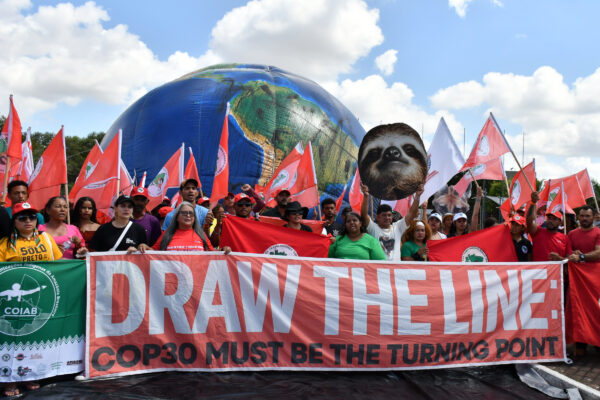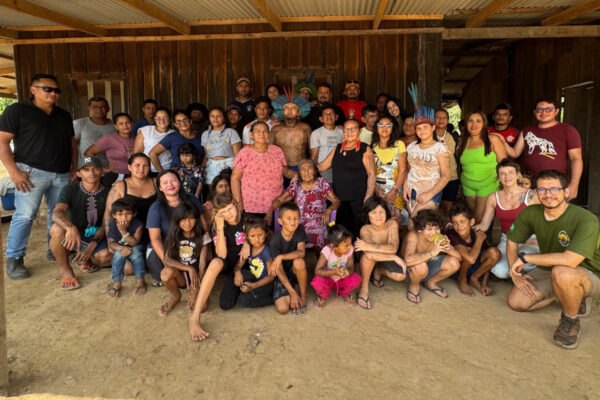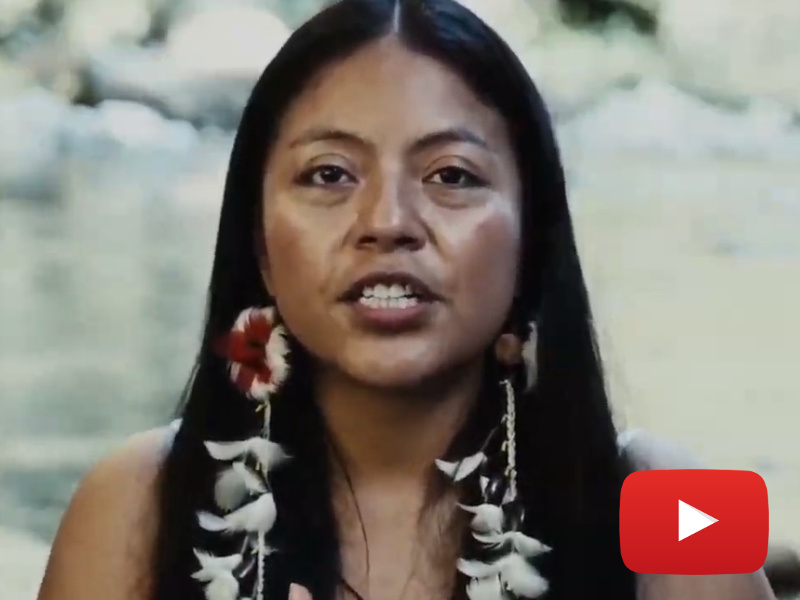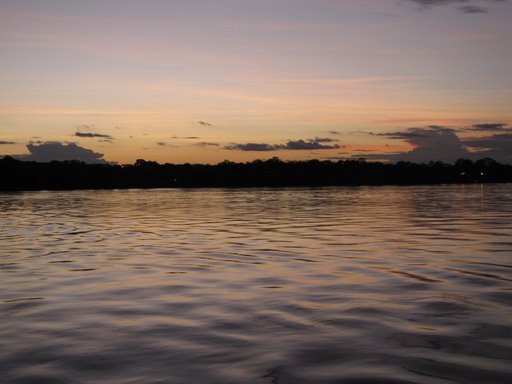
“The Madeira gives us a variety of fish we depend on to feed our families.”
“The Dams will destroy the free flow of the river and our traditional ways of life.”
“Where are we going to go? What are we going to do in the cities?”
The Madeira River: Life Before the Dams was screened at the Environmental Film Festival in DC yesterday along with a short work-in-progress called “Tapajos.” Both films were beautiful examples of the power of film to capture natural beauty and human emotion, mostly through the play and laughter of children. I had the opportunity to speak on a panel following the screening along with David Reeks, the filmmaker, and Pedro Barra, the Infrastructure Strategy Leader with WWF’s Living Amazon Initiative.
In the film, the above comments and questions were expressed by local and traditional communities living along the Madeira River, the largest tributary to the Amazon River, before the dams were built. Unfortunately, their voices were not heard by the dam builders, the Brazilian government or the international courts and construction of the Jirau and San Antonio Dams on the Madeira River began in 2009. Since then, chaos has erupted in the region.
Real chaos! To make way for thousands of migrants looking to work on the dam construction, land speculators have burnt forest to the ground and illegally evicted people from their homes; numerous fish species have died due to drying of the river threatening the food security of local populations; up to four groups of isolated indigenous peoples have fled the area, likely in a desperate attempt to avoid noise and contact with disease; and workers building the resettlement site once the flooding begins were found living in slave-like conditions that were overcrowded, had no beds, no sanitary facilities or electricity. Isn’t it ironic that the purpose of the project is to provide energy security, but the workers can’t even get simple electricity for their living quarters?
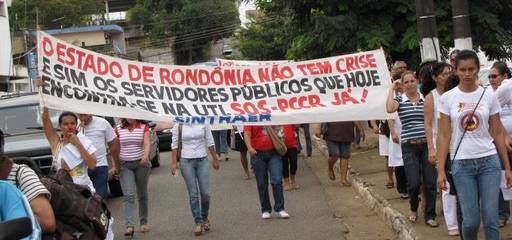
Due to extremely tough labor conditions (including verbal abuse, pressure to work overtime without pay and lack of medical attention for worker accidents and malaria cases) a conflict between workers and the management on the Jirau Dam broke out last week which brought construction of the Jirau and the San Antonio Dam to a halt. Construction on the San Antonio Dam has since resumed.
According to media reports, protesting workers at the Jirau Dam site set fire to over 60 buses, over 40 living quarters and offices. Camargo Correa, one of the construction companies that makes up the Sustainable Energy of Brazil consortium, responded by sending the workers home. Since 70% of the workers are from out of state, many had no where to go for the first couple days and were homeless on the streets of Porto Vehlo, the capital city of Rondonia.
Camargo Correa and other companies in the consortium should have listened to the workers earlier to avoid this disaster. It’s a major setback for companies who were being pressured by the Brazilian Government to build the dams by early 2012. It’s a setback for the companies, Brazil’s Accelerated Growth Plan (PAC), and the workers who now have no jobs. But it’s an opportunity to raise the profile of the social, cultural and environmental impacts that the Madeira Dam Complex has already caused and will cause if completed.
The disaster that is the Madeira Dam Complex is a forecast for what is to come if the Belo Monte Dam Complex and 60 other dams in the Amazon -including the Tapajos Dam, the Teles Pires Dam and the Pakizapango Dam- are built. It’s a warning sign that we cannot ignore. As stated by our friends at the Xingu Forever Alive Movment (MXPS), “the situation was so bad on the Madeira that it was like a bomb waiting to explode.”
Hopefully, this chaos will create space for the Brazilian government, the financiers and the companies involved in promoting “run of the river dams” as clean and green energy for Brazil to think, invest and build differently. Renewable energy alternatives are available and energy efficiency is possible. And, indigenous, local community and labor rights must be respected.
Amazon Watch is committed to supporting the Madeira Alive Institute, Four Rivers Alliance, and the Xingu Forever Alive Movement in partnership with our indigenous, local community and NGO allies.
For more information on the Madeira and other Dams in the Amazon:
Watch The Madeira River: Life Before the Dams and check out an interview with David Reeks, director of the film.



